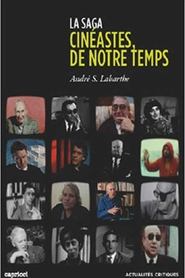detail profile janine bazin
Peran Yang Di Mainkan Janine Bazin
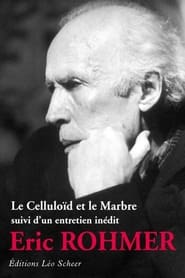 Celluloid and Marble is based on...
Celluloid and Marble is based on...Celluloid and Marble 2011
Celluloid and Marble is based on Rohmer's own articles published in "Cahiers du cinéma", discussing film in relation to the other arts, maintaining that, in an age of cultural self-consciousness, cinema was “the last refuge of poetry” - the only contemporary art form from which metaphor could still spring naturally and spontaneously.
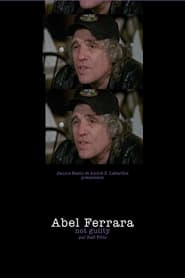 Intimate portrait of Abel Ferrara the...
Intimate portrait of Abel Ferrara the...Abel Ferrara: Not Guilty 2003
Intimate portrait of Abel Ferrara: the result is an eccentric road movie, with the restless film maker as a charming, shabby guide around New York by night.
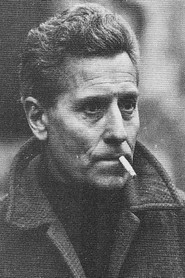 Made for Cinma de notre temps...
Made for Cinma de notre temps...Georges Franju - Le visionnaire 1998
Made for "Cinéma, de notre temps" series. Interview with Georges Franju (1912-1987), a figure of immense importance in the history of French cinema, not primarily for his films (exceptional though many of these are) but for being the co-founder, with Henri Langlois, of the Cinémathèque Française in 1936, France's most famous and important film archive.
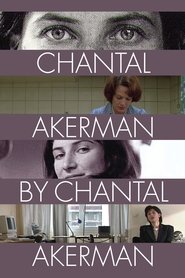 Janine Bazin and Andr Labarthe approached...
Janine Bazin and Andr Labarthe approached...Chantal Akerman by Chantal Akerman 1997
Janine Bazin and André Labarthe approached Chantal Akerman about making a film for the series; eagerly, Akerman proposed a number of filmmakers—but all had already been done. So she suggested…“How about me?” Akerman creates a fascinating self-portrait that takes us through her career, aided by critics Emmanuel Burdeau and Jean Narboni and filmmaker Luc Moullet.
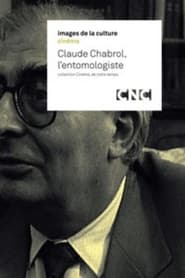 Made for Cinma de notre temps...
Made for Cinma de notre temps...Claude Chabrol, l'entomologiste 1993
Made for "Cinéma, de notre temps" series. In a peaceful residence near the Loire River, Chabrol raised his favorite characters : monsters. In this documentary, we can see him actively working on the adaptation of Simenon's novel "Betty", and answering the questions posed by Jean Douchet (his former colleagues at the magazine "Cahiers du Cinéma"). Excerpts from The Butcher (Le Boucher), Violette Nozière, The Hatter's Ghost (Les Fantômes du chapelier) and Masks (Masques) will punctuate their meaningful and witty conversation.
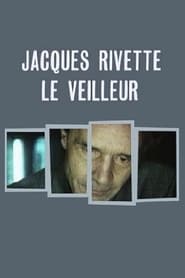 This film of interviews with the...
This film of interviews with the...Jacques Rivette, the Watchman 1990
This film of interviews with the film director Jacques Rivette was produced in collaboration with Serge Daney, film critic from “Cahiers du cinéma”, then of “Liberation”. In the course of their conversations, the two speakers discuss Rivette’s career, his relationships with the other film makers of the new wave, his use of “mise en scene” and his working with actors.
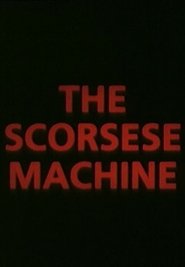 Amazing documentary shows rarely seen side...
Amazing documentary shows rarely seen side...The Scorsese Machine 1990
Amazing documentary shows rarely seen side of a master director. 1990 was a very good year for Martin Scorsese. After making a diverse group of films in the 80s, he reunited with Robert DeNiro for "Goodfellas" and later that year shot a segment for "New York Stories", an anthology film of three shorts by Scorsese, Woody Allen, and Francis Ford Coppola. During the editing, the French documentary series "Cinéma, de notre temps" filmed a documentary on the director, and it's a fascinating glimpse into his life, personality, and working habits as he edits his short with long-time collaborator Thelma Schoonmaker.
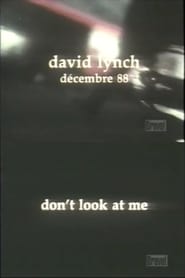 A documentary about American director David...
A documentary about American director David...David Lynch: Don't Look at Me 1989
A documentary about American director David Lynch from the Cinéma, de notre temps series.
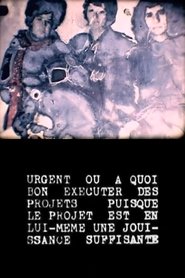 Grard Courant applies the Lettrist editing...
Grard Courant applies the Lettrist editing...Urgent ou à quoi bon exécuter des projets puisque le projet est en lui-même une jouissance suffisante 1977
Gérard Courant applies the Lettrist editing techniques of Isidore Isou to footage of late 70's pop culture. Courant posits that his cinema offers an aggressive détournement to the French mainstream, reifying a Duchampian view of film: "I believe in impossible movies and works without meaning... I believe in the anti-movie. I believe in the non-movie. I believe in Urgent... My first full length movie that is so anti-everything that I sometimes wonder if it really does exist!"
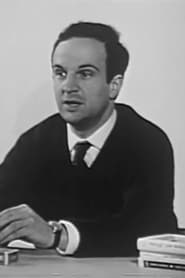 Episode of the French television series...
Episode of the French television series...Cinéastes de notre temps : François Truffaut : Dix ans, dix films 1970
Episode of the French television series about the work of François Truffaut.
 Speaking as scenes from Anatahan are...
Speaking as scenes from Anatahan are...Josef von Sternberg - From Silence Comes Another 1967
Speaking as scenes from Anatahan are shown, for which he directed, photographed, wrote, and provided voiceover narration, film director Josef von Sternberg takes the viewer on a fantastic filmmaking journey in this presentation of Cinéastes de notre temps: Josef von Sternberg - From Silence Comes Another.
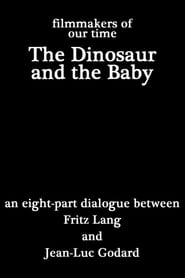 An hourlong discussion between Fritz Lang...
An hourlong discussion between Fritz Lang...The Dinosaur and the Baby 1967
An hour-long discussion between Fritz Lang and Jean-Luc Godard in which they discuss a variety of art forms, the role of the cinema, their collaboration together, and much more. (Filmed in 1964 but released for TV in 1967.)
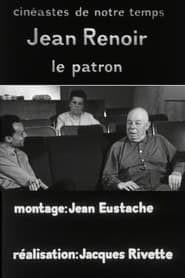 In the third part of a...
In the third part of a...Jean Renoir, le patron, 3e partie: La règle et l'exception 1967
In the third part of a Cinéastes triptych on Jean Renoir, the director sits alone in a cinema analyzing scenes from La Marseillaise and The Rules of the Game, and discussing his editing and storytelling techniques.
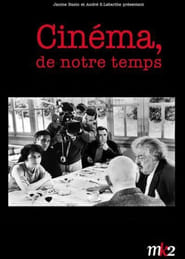 Second in the documentary trilogy from...
Second in the documentary trilogy from...Jean Renoir, le patron, 2e partie: La direction d'acteur 1967
Second in the documentary trilogy from mastermind Jacques Rivette, featuring a conversation between Jean Renoir and Michel Simon, who celebrate their reunion by discussing, among other things, La Chienne (1931) and Boudu Saved from Drowning (1932).
 An episode of the television program...
An episode of the television program...Bresson: Without a Trace 1965
An episode of the television program Cinéastes de notre temps in which the director gives his first on-camera interview.



